When replacing a capacitor, make sure the new one has the same voltage rating as the old one. You can find the voltage of your motor on the nameplate of your old one. Never use a lower voltage rated capacitor. While the voltage won't harm the system, the capacitor will reduce its lifespan exponentially. If you are replacing a motor, you must ensure that the voltage matches the original. A replacement capacitor can be ordered in a variety of sizes and styles.
When replacing a motor run cap, it is important to note the capacitance value of the old one. It is important to keep the capacitor within the tolerance range, which is usually five to ten percent of the rated value. If it exceeds this limit, it's time to replace the motor run capacitor. If it's not within the tolerance range, the capacitor must be replaced. A good replacement run cap can extend the life of your motor by up to five times.
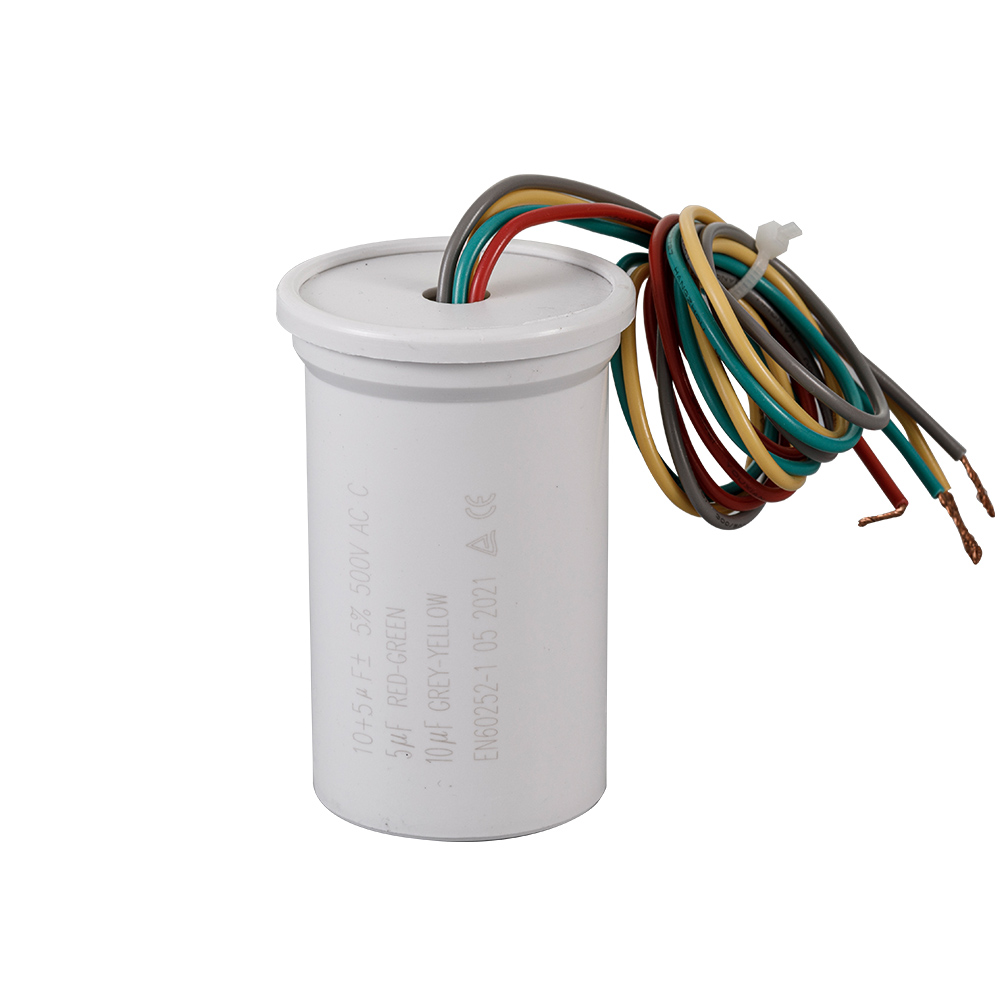
When replacing a run capacitor, you should consider the capacity and voltage rating of the replacement run capacitor. While a new run capacitor should have the same capacitance as the original, it may not be the same. It is also important to know the voltage rating of your replacement capacitor so that it will match the original. You can also check the microfarad value of the replacement capacitor. You should also pay close attention to the case style.
A motor run capacitor should be replaced whenever it's too high. The tolerance of the run capacitor should be 5% to 10%. If the value is higher than that, replace it. If the size is lower than the tolerance, replace it. Then, replace the start capacitor. If it's too low, the run capacitor should be replaced. The voltage and frequency should match. If the voltage is low, it may be a good idea to replace the entire unit.
The lifespan of a run capacitor varies depending on the type of motor. Generally, it should last for a year or more. If the capacitor is installed incorrectly, the run capacitor will not be effective. The voltage and frequency of a motor run capacitor should be matched with the original. There are many factors that can affect the life of a run capacitor, but the capacity and voltage should always be the same.
A motor run capacitor should be the same capacitance as the original. The current will flow in the motor once it starts. The current will flow through the motor. A capacitor with a lower voltage will result in a higher frequency. Therefore, it is necessary to check the voltage and capacitance before replacing a run capacitor. During this process, the capacitor should be as large as possible. If the voltage is too low, it may not be able to operate properly.
The capacity of a run capacitor can be determined from its specifications. The capacitance of the run capacitor must be the same as the original. Usually, the capacity is measured in uF, but the uF is a more accurate measure. It is important to check the uF of the capacitor when replacing the current of the motor. You must also check the Hz of the motor run cap before replacing it.
A motor run capacitor should be of high quality and ideally, it should have a tolerance of +/-6%. This is because a capacitor is more efficient when it is sized correctly. A good run capacitor should also be rated to withstand the highest amount of voltage. Its capacity should also be regulated to avoid a malfunction of the motor. If it is not properly sized, it could cause the motor to fail due to a lack of power.

 简体中文
简体中文 English
English Español
Español عربى
عربى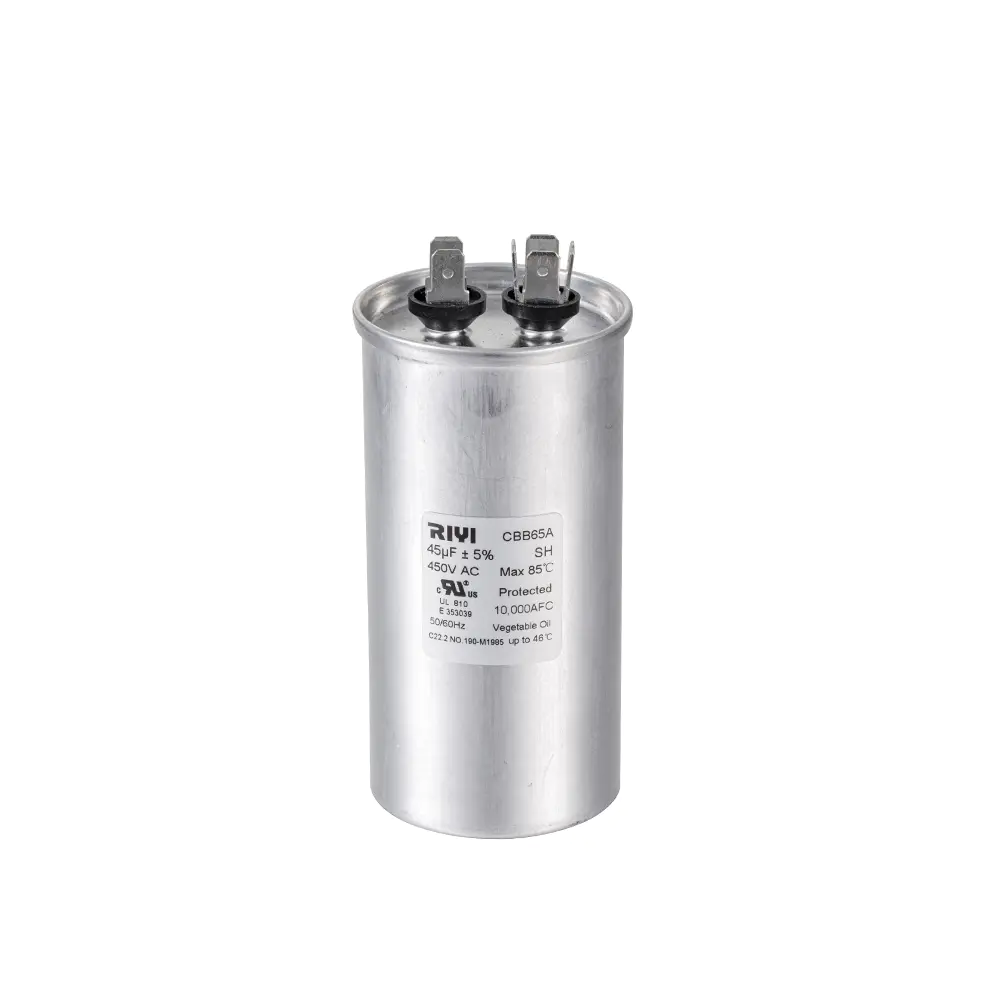
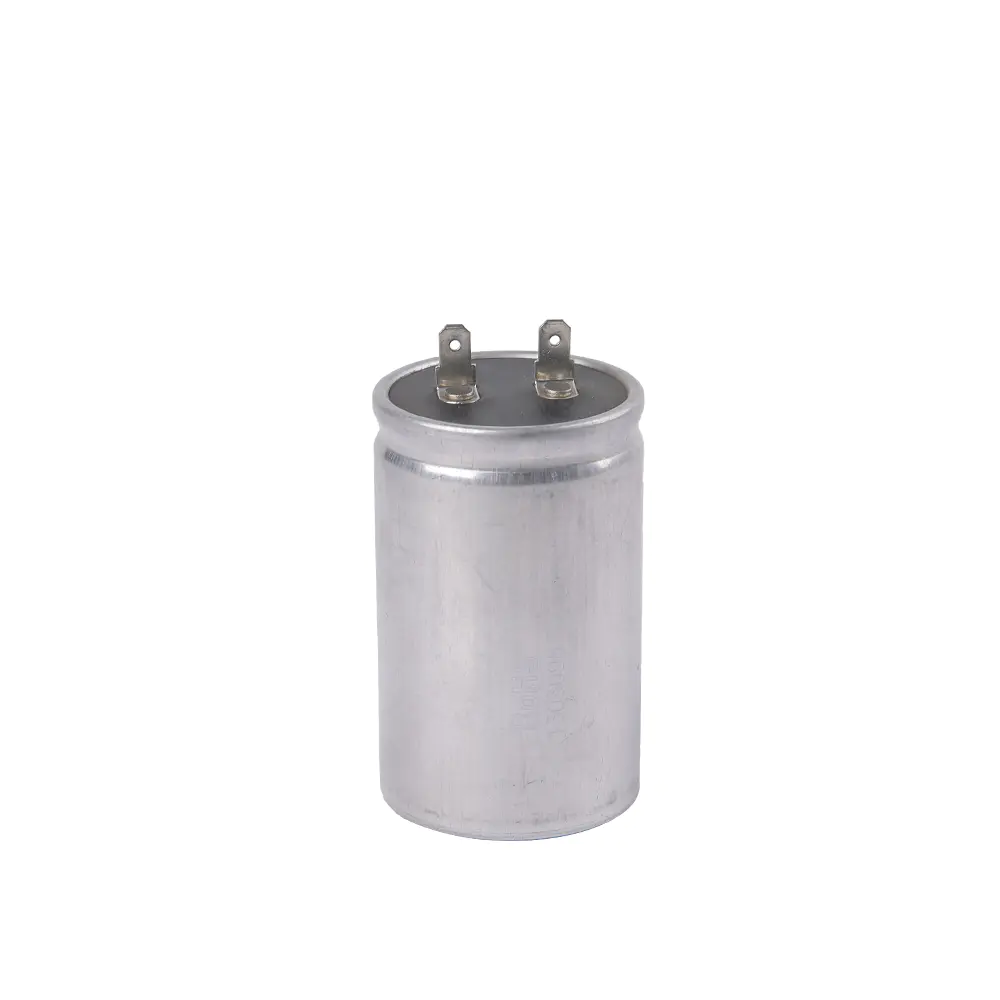
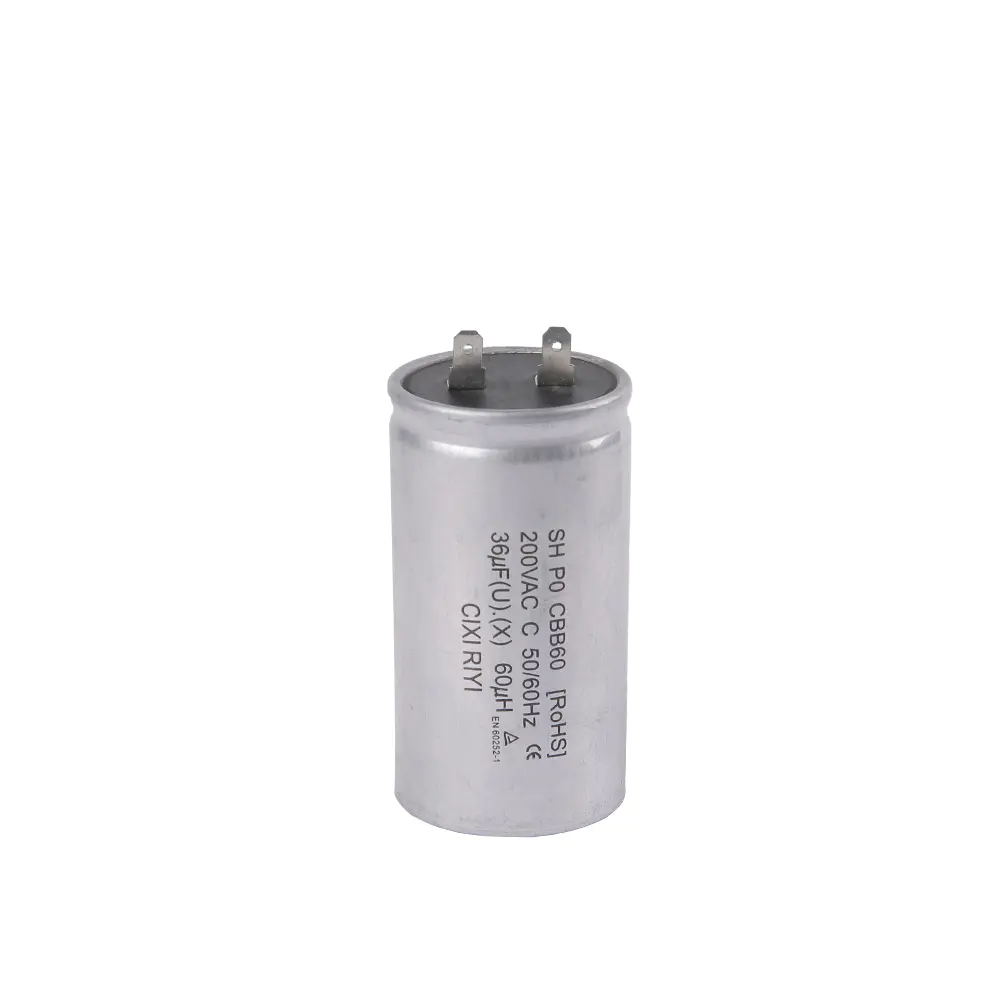
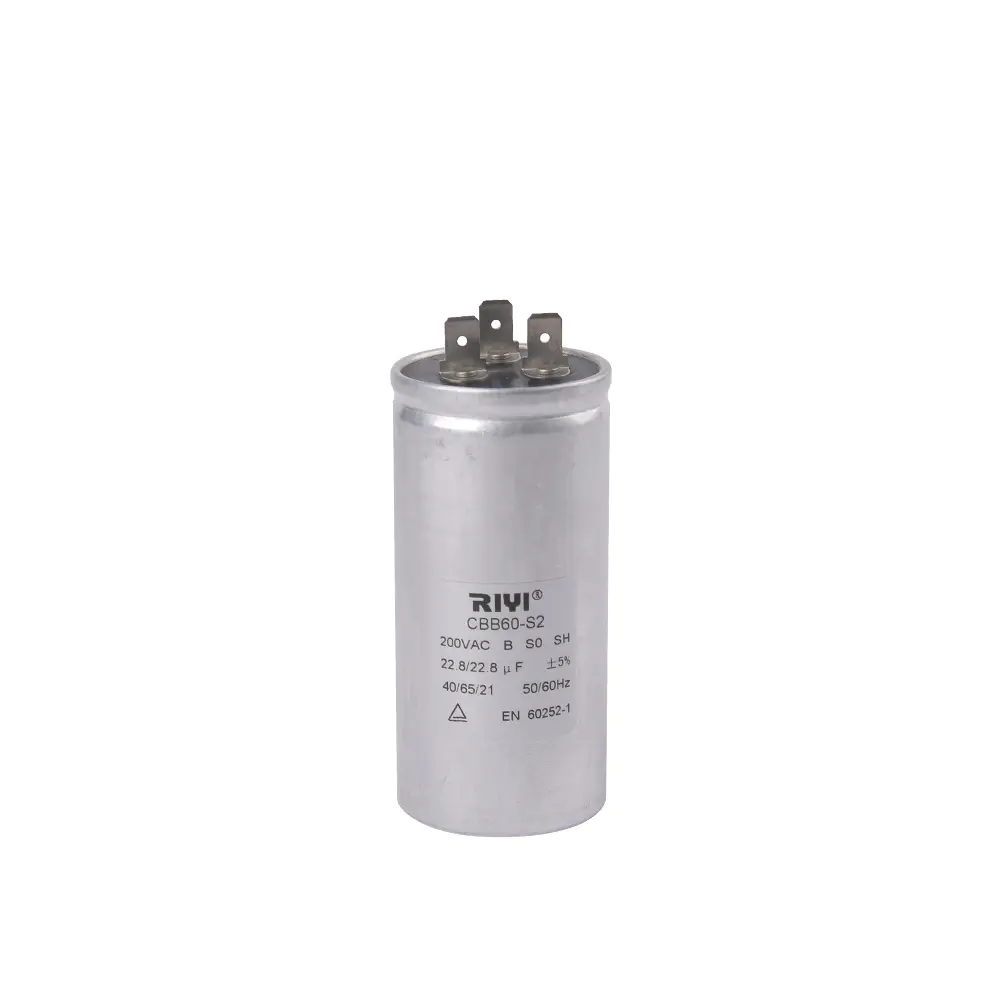
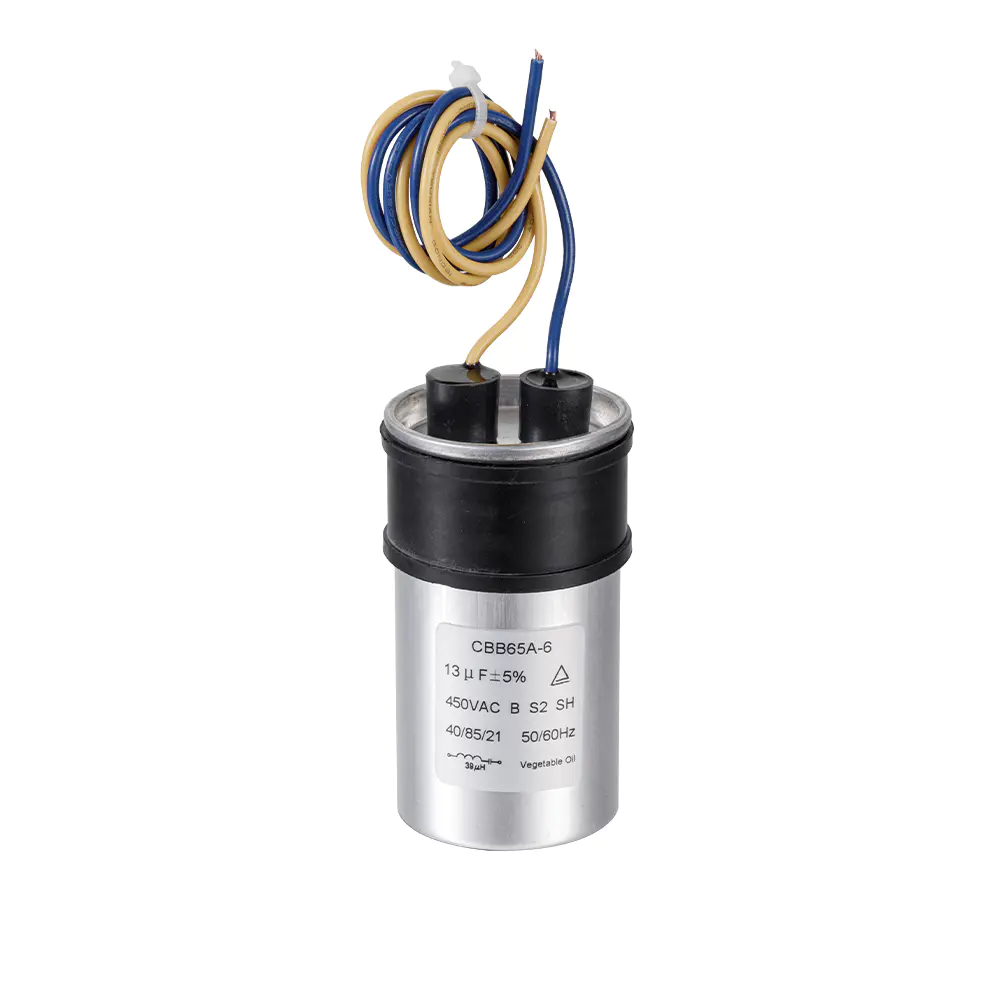
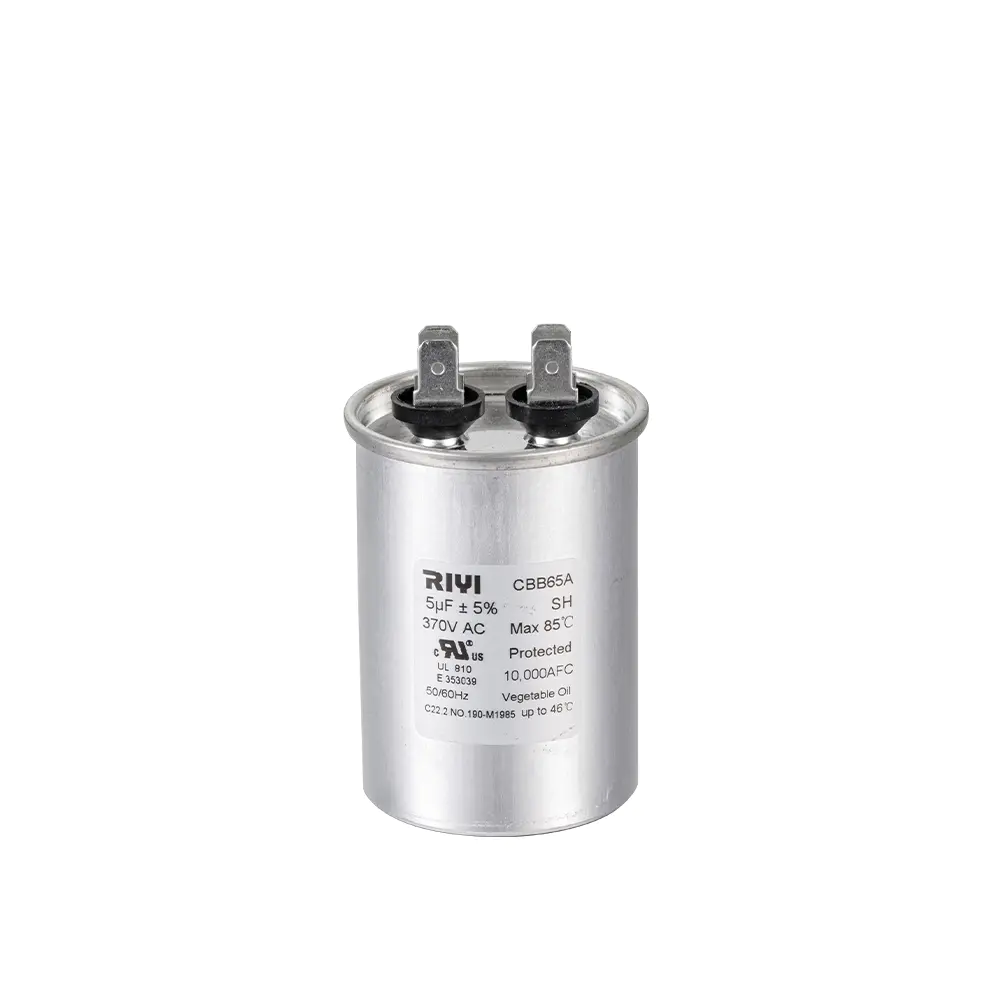
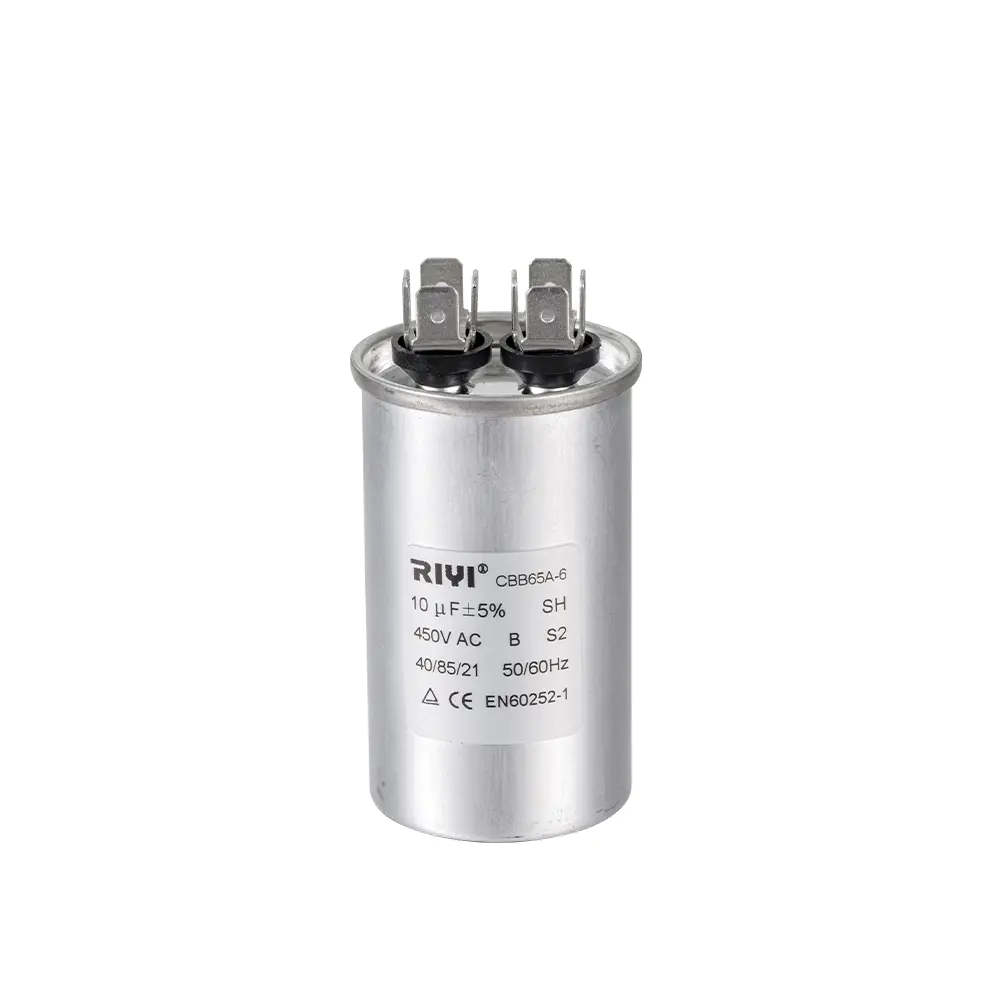
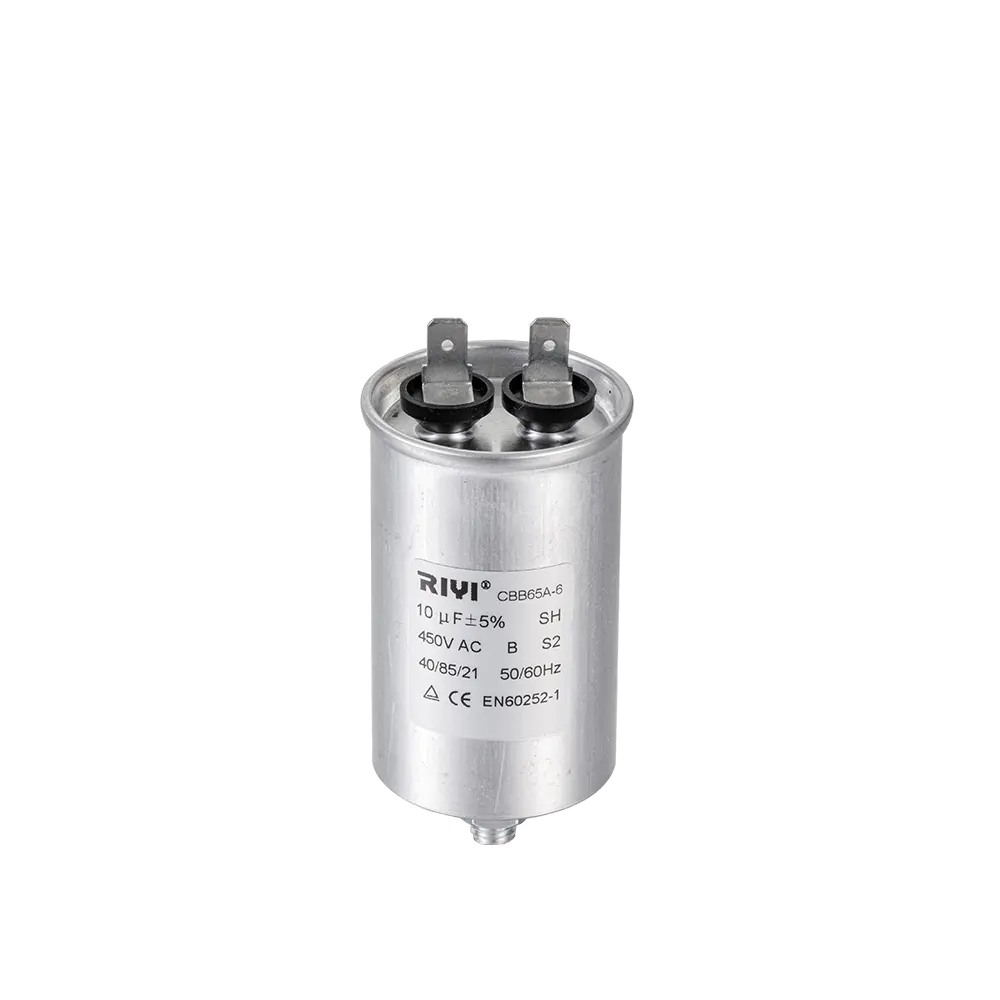
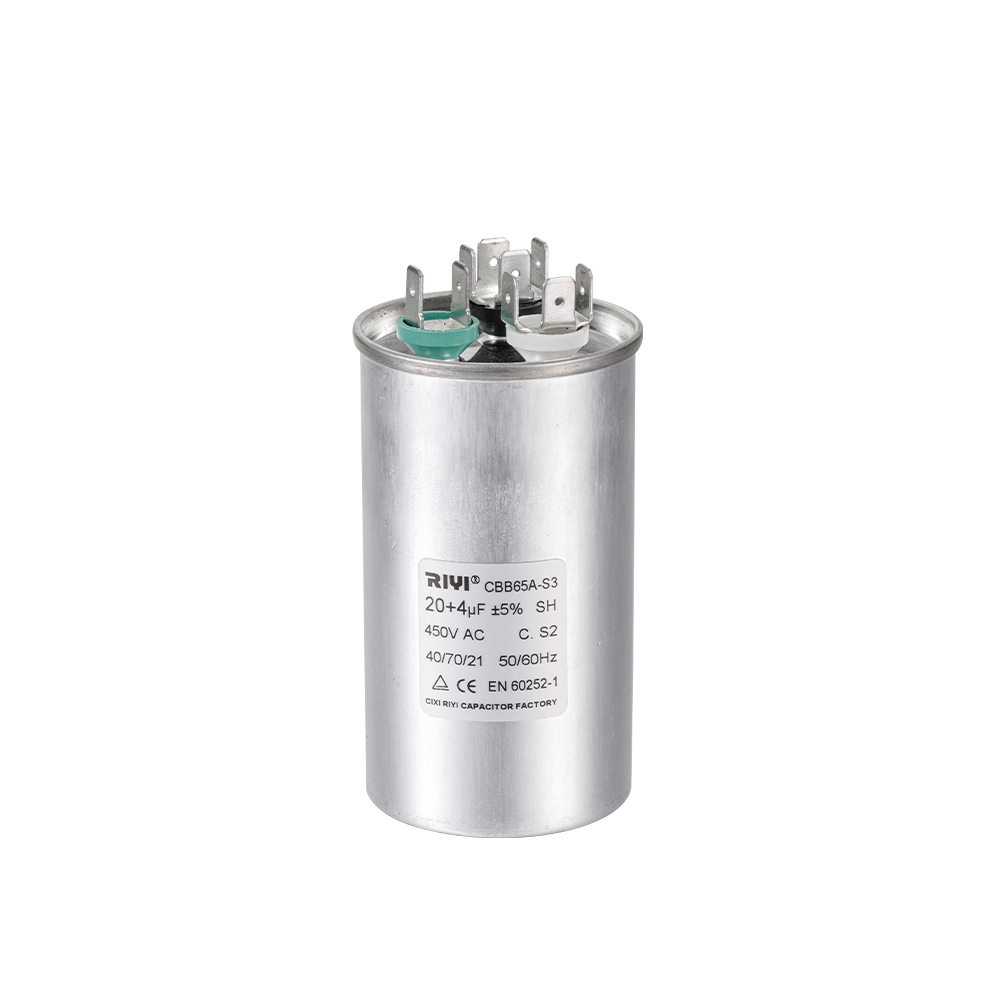
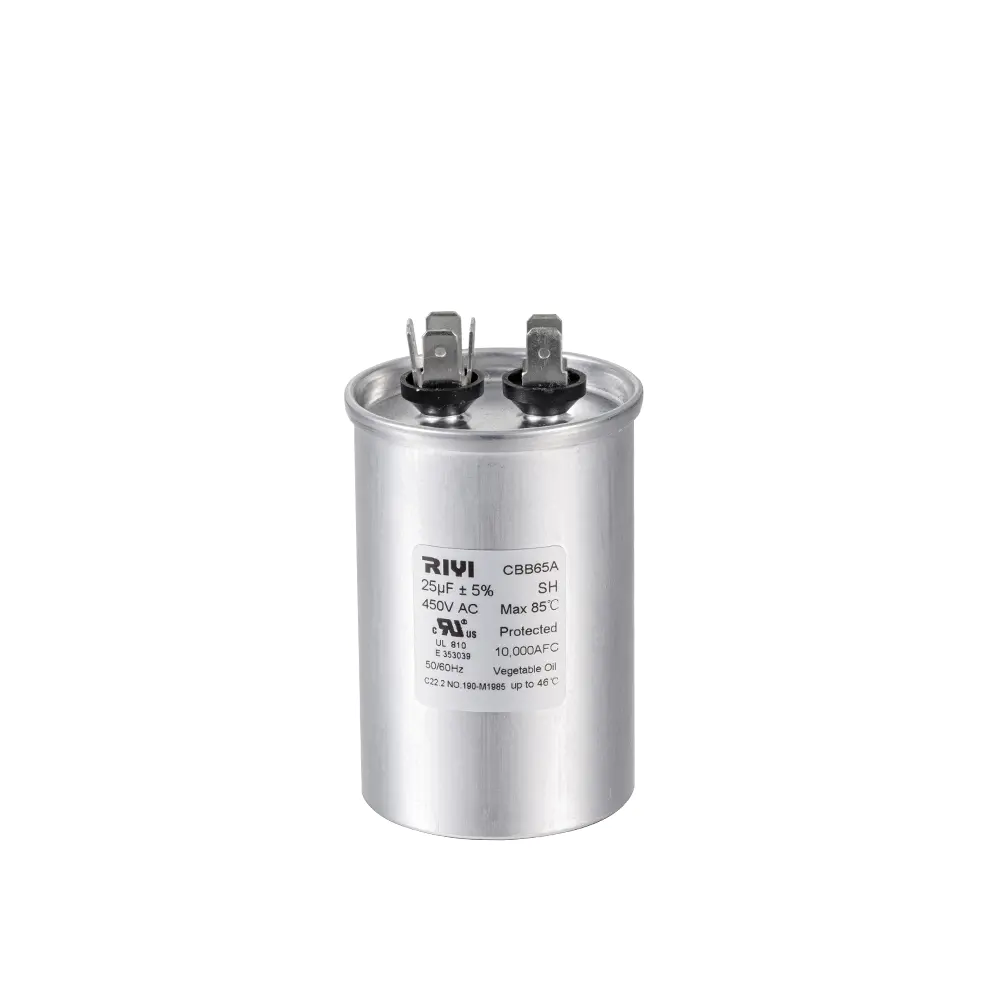
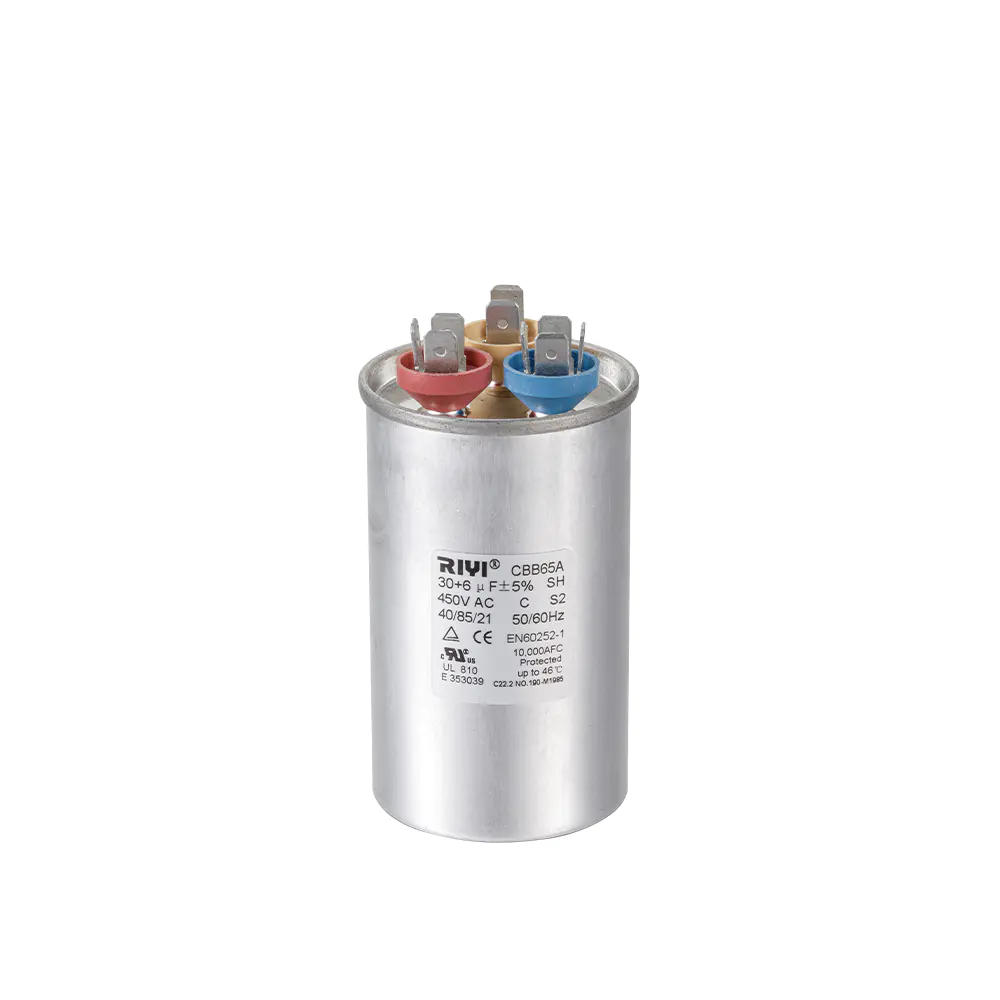
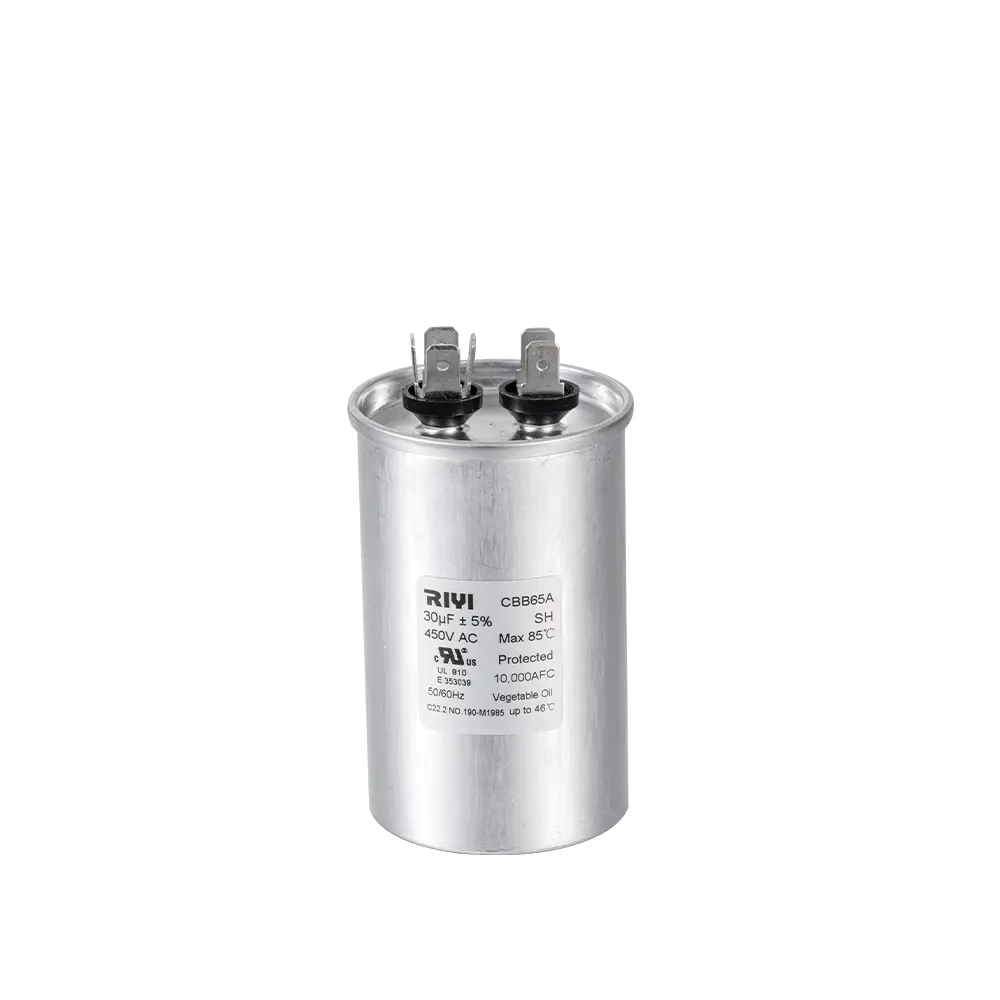

 +86-13600614158
+86-13600614158
 +86-0574-63223385
+86-0574-63223385 Zonghan Street,Cixi City,Zhejiang Province,China.
Zonghan Street,Cixi City,Zhejiang Province,China.